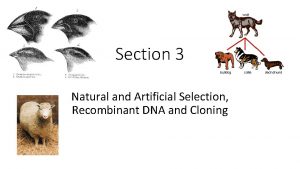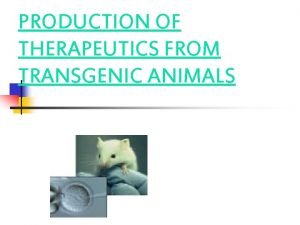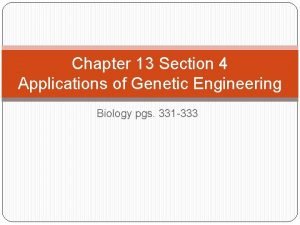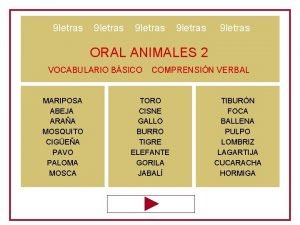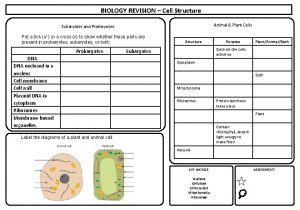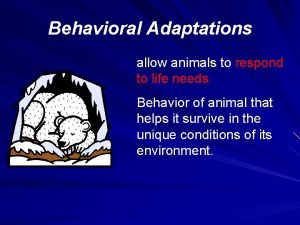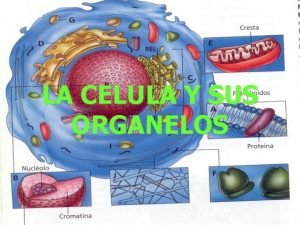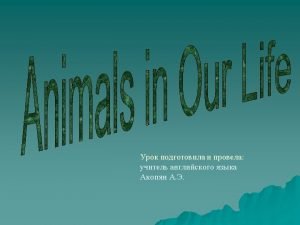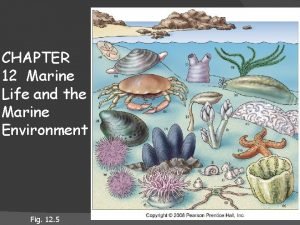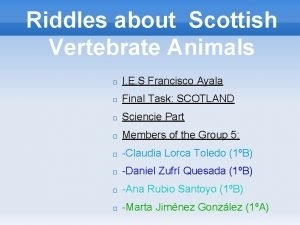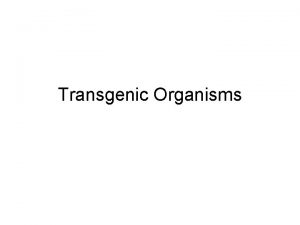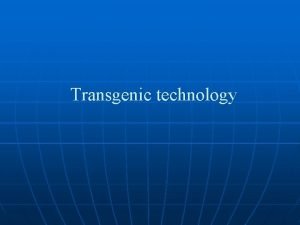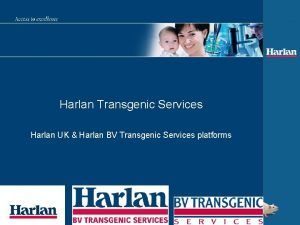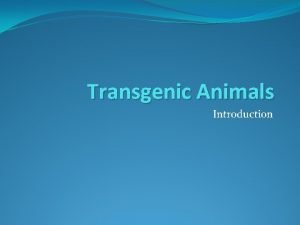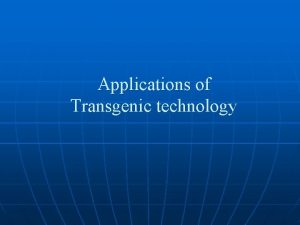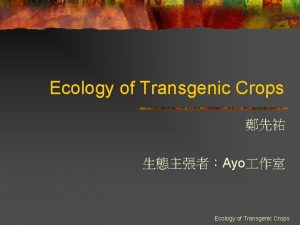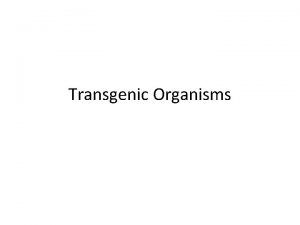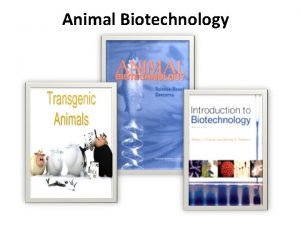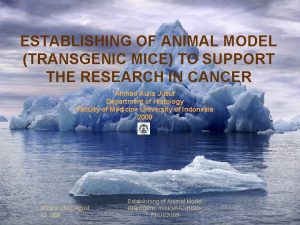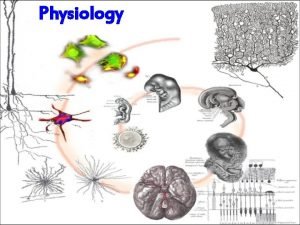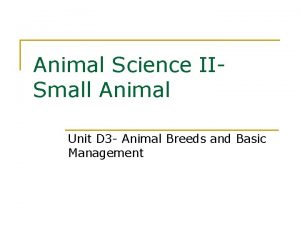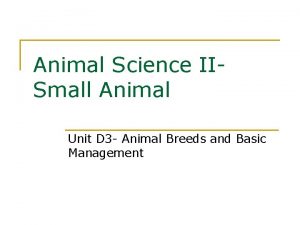What is transgenic animal A transgenic animal is



































- Slides: 35

What is transgenic animal? A transgenic animal is an animal that has been genetically engineered to contain one or more extra genes in its cell. It now has a new, inheritable property of some type.

Genetically Modified Organisms Genetically modified organisms are organisms with artificially altered DNA. Created By: v. Adding a foreign gene v. Altering the base sequence of an existing gene

Purpose • Efficiency in utilizing Feed • Leaner meat production • Ability to grow to marketable size sooner • Resistance to certain diseases • Transgenic animals as living bioreactors • Molecular pharming or molecular farming

Altering an Existing Gene Existing genes in the organism are altered to make it produce at higher levels (Growth hormone).

Genetically Modified Animal • Microinjection • Embryonic stem cell transfer • Retroviral Transfer

Microinjection • Eggs are harvested from super ovulated animals and fertilized in vitro. • Implanted into surrogate mothers. • A small proportion of the animals born are transgenic.

MICROINJECTION PROCESS


Embryonic stem cell transfer • Target gene sequences to specific sites in the genome • Alternations made to stem cells in culture • Mutated stem cells injected into blastocyst • Blastocyst implanted into foster mother • Transgenic animals are born

Embryonic Stem Cell Early Fertilization stage Eight Cell Stage Two Cell Stage Four Cell Stage

Embryonic Stem Cell Blastocyst Fetus (Pluripotent) Adult





Transgenic Mice • • • TM has been used to produce Human alpha 1 antitrypsin t PA HPC Human fibrinogen


The Human Mouse: §The transgenic mice with human immune system were produced, and they are commonly referred to as human mice. For this purpose, mice with severe combined immuno deficiency (SCID a condition characterized by total lack of immune system cells) were chosen. §Human thymus tissue from an aborted fetus was transplanted under the capsule membrane of the kidney of the mouse. §Human lymph node was placed under the opposite kidney. After about a week, immature immune cells (T lymphocytes) from a human fetus were injected into the mouse tail vein.

These lymphocytes enter the thymus tissue under the kidney and mature to T lymphocytes. The so produced T lymphocytes enter the circulation and in the lymph node (present under the second kidney), they multiply to form a full pledged functional immune system. The human mouse, being a close animal model for human immune system is a boon for immunologists, particularly working on AIDS. This is because the various immunological aspects of AIDS including the possible development of an AIDS vaccine can be explored by using human mouse

2. The Alzheimer’s Mouse: Alzheimer’s disease affects about 1% of the population between 60 65 years old, and about 30% of the population over 80 years old. This disease is characterized by progressive loss of memory and personality changes (decline in thinking, judgment etc. ). The postmortem analysis of brains of Alzheimer’s patients revealed plaques of dead nerve cells entangled in a protein called amyloid. Transgenic mice were developed by introducing amyloid precursor gene into fertilized egg cells of mice. The synthesis of human amyloid protein and its accumulation as typical plaques in the mice brain were observed. The Alzheimer’s mouse is very useful in understanding the pathological basis of the disease. Certain mutations in APP gene and the involvement of some other genes are believed to be responsible for Alzheimer’s disease.

3. The Oncomouse: The animal model for cancer is the oncomouse (onco refers to cancer). First developed for breast cancer, the oncomouse is useful for understanding of cancer and evolving modalities for cancer therapy. The oncogene c myc in association with mouse mammary tumor (MMT) virus was found to be responsible for breast cancer in animals. Transgenic mice were produced by introducing c myc gene and sections MMT virus into fertilized mouse egg cells. Breast cancer developed in adult female mice and the trait was passed on to the offspring. Oncomouse (the mouse that is genetically altered and is susceptible for cancer) was patented by U. S. Patent office in 1988. In fact, it was the very first animal to be patented.

The Knockout Mouse: The basic principles underlying gene knockout have been described. Several knockout mice have been developed. It is not an exaggeration that the knockout mice have become as common as a test tube in the laboratory for a biotechnologist. It must be noted that not all the knockout mice are immediately useful for human health and welfare. A selected few of the knockout mice are described. Knockout mouse for allergy: The receptor sites on certain body cells for Ig. E antibodies are believed to be responsible for triggering allergy reactions. Knockout mice were developed for allergy by removing the gene encoding for receptor protein. The result is that antibodies cannot bind to cells due to lack of receptors and the mice are unaffected by allergic reactions. It is expected that some breakthrough may occur in the near future to benefit the millions of sufferers of allergic reactions, spread throughout the world.

Transgenic Mice for Human Diseases: Transgenic mice are important for the development of therapeutic drugs and possible gene therapies, besides the understanding of the human disease. Many transgenic mice with human disease equivalents have been developed and a selected few of them are given in

Transgenic PIG Frequency of transgenic pig production is very low (0. 6%). Transgenic pig that carry GH gene of bovine or human, sheep globin have been produced Marked reduction in some transgenic pigs suggesting the possibility of producing leaner meat with lower fat content. 9. 5 bn dollar pig industry Use in xeno-transplantation











 What is transgenic organism
What is transgenic organism Transgenic bacteria
Transgenic bacteria Transgenic organisms examples
Transgenic organisms examples Transgenic
Transgenic Possible transgenic maize in oaxaca mexico
Possible transgenic maize in oaxaca mexico Transgenic bacteria
Transgenic bacteria Animal rights versus animal welfare
Animal rights versus animal welfare Plant vs animal mitosis
Plant vs animal mitosis Plant and animal cell venn diagram
Plant and animal cell venn diagram In your notebook write about the other animal
In your notebook write about the other animal Animal control cobb county
Animal control cobb county Unwarranted extrapolation propaganda definition
Unwarranted extrapolation propaganda definition Higher certificate in animal welfare
Higher certificate in animal welfare Nombres de animales de 9 letras
Nombres de animales de 9 letras Advanced animal science
Advanced animal science Animal cell diagram biology
Animal cell diagram biology Taxis in animals
Taxis in animals Behavioral adaptations of a hawk
Behavioral adaptations of a hawk Animal farm text response essay
Animal farm text response essay Cuál es la función de los ribosomas
Cuál es la función de los ribosomas What is the utah state animal
What is the utah state animal Eukaryotic cell animal cell
Eukaryotic cell animal cell Poem about animal reproduction
Poem about animal reproduction Character traits for snowball in animal farm
Character traits for snowball in animal farm Marine animals with unique adaptations
Marine animals with unique adaptations Reptiles order
Reptiles order Persona animal o cosa que inspira el poema
Persona animal o cosa que inspira el poema Plant and animal responses
Plant and animal responses Example of cotton
Example of cotton Scottish riddles
Scottish riddles Shape poem panda
Shape poem panda Porifera classification
Porifera classification Animal science career cluster
Animal science career cluster Taxonomia poriferos
Taxonomia poriferos 5 minute animal personality test
5 minute animal personality test Animal husbandry
Animal husbandry


